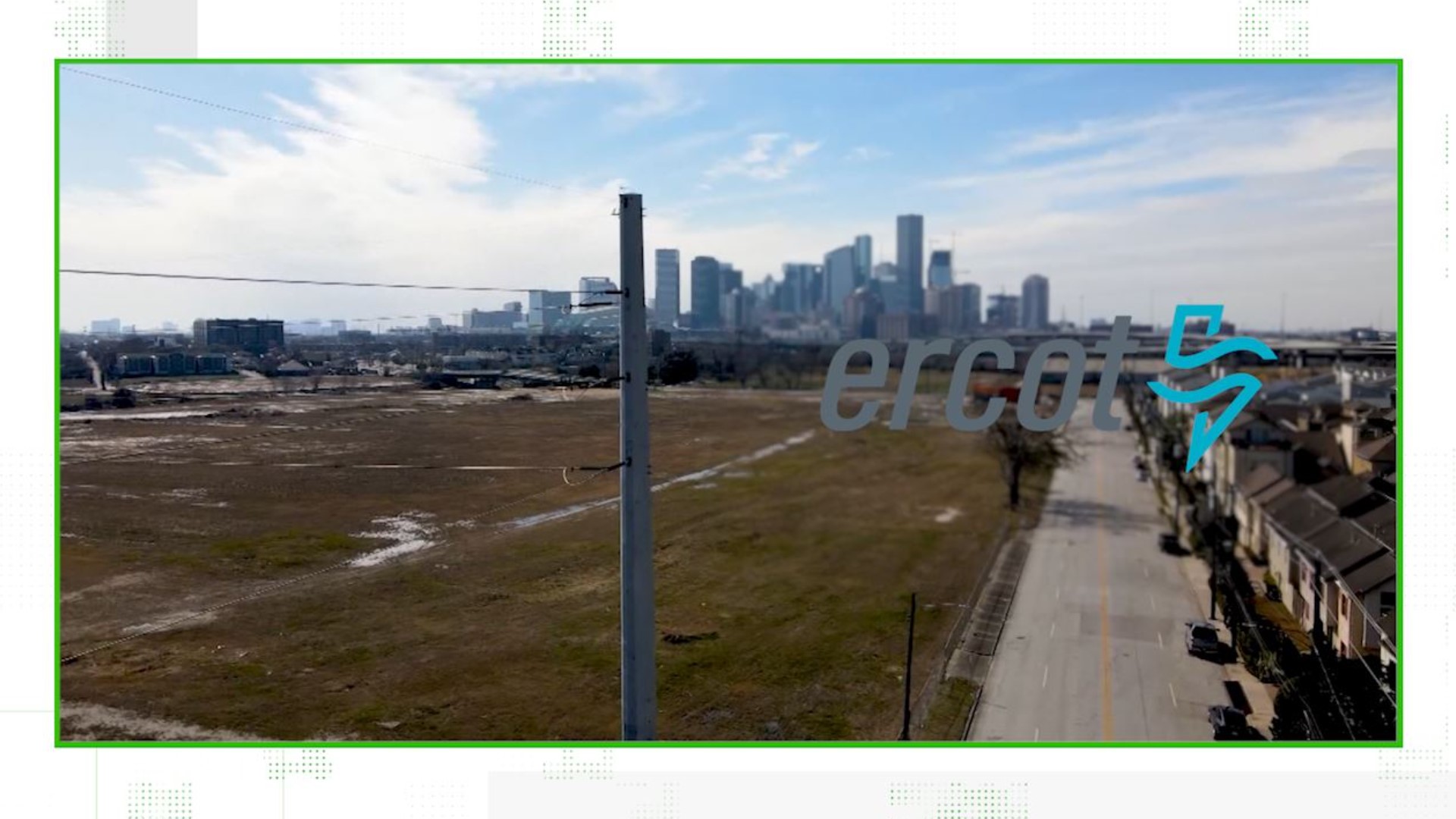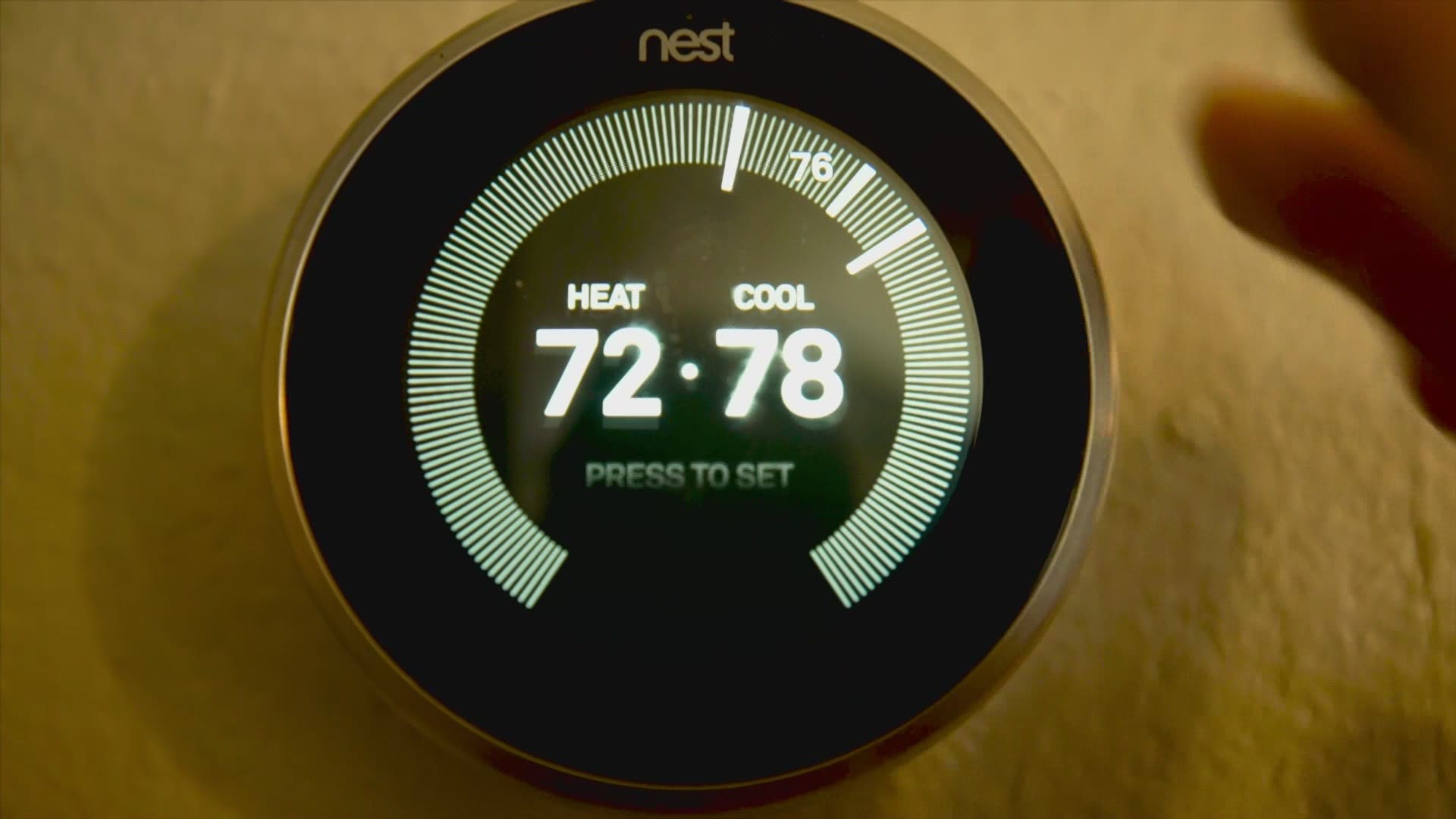TEXAS, USA — The Texas power grid is back in the spotlight.
Months after the failure of the Texas power grid, Gov. Greg Abbott recently signed into law two bills that aim to address the issues and subsequent fall-out from the winter storm.
Texans are also being asked to reduce their electric use as much as possible for the rest of the week as more plants were offline than typically expected, according to the Electric Reliability Council of Texas (ERCOT).
This has prompted viewers to send us a lot of questions connected to Texas and the state's energy grid.
THE QUESTION
Could Gov. Greg Abbott make the decision on his own to join the national grid?
THE SOURCE
- Ed Hirs, an energy economics professor at the University of Houston
- Michael Webber, Josey Centennial Professorship in Energy Resources at the University of Texas at Austin and professor of mechanical engineering
- Jim Rossi, professor of law at Vanderbilt University and researcher of energy law
- Becky Klein, Principal of Klein Energy, LLC. and former chairman of the public utility commission
THE ANSWER
No, Gov. Abbott could not make the decision on his own to join the national grid. It would require help from the private sector and approval from federal agencies.
WHAT WE FOUND
ERCOT currently operates the Texas Interconnection — Texas' electrical grid. While part of this grid connects to Louisiana and Mexico, the majority of this grid is isolated to just Texas.
Because of this, the grid has no oversight or regulation from any federal agencies.
In order to join the national electrical grid, the infrastructure of the Texas grid would initially need some major changes.
"The first step to joining the national grid is having the physical interconnections to the grid," Rossi said. "Part of what would be necessary is constructing new interties and new interconnections to transmission lines in adjacent states."
This type of research and design would come from a private company, according to Hirs.
"There would have to be an extensive engineering study put together on how to integrate the Texas grid into the east and west," Hirs said. "This is an engineering problem. We're going to have to string wires and match up equipment."
Texas mainly has an alternating current (AC) power grid. It is isolating, and to match it up with other state's grids would take a lot of research and planning from the private developer who takes on the project, according to Webber.
Even if he received a feasible plan from this third-party company, Gov. Abbott couldn't go to any federal agencies yet due to steps he would need to take in the state first.
"They would need approval from the public utility commission of Texas and ERCOT as well," Webber said. "Abbott does not have the power to make the decision to prohibit or require connecting the Texas grid to the eastern or western grids of the United States. For the most part, the decision is made by people outside the governor's office."
If there is state approval, Texas leaders would go to the federal energy regulatory commission, or FERC, to ask for approval to join the national grid.
"They would need to be accepted by market participants from other states and FERC would begin to regulate transactions," Rossi said. "ERCOT does not engage in the wholesale transactions of buying and selling electricity with neighboring states. That would change."
One of the key final steps would happen back in Texas, as lawmakers would have to adjust rules and regulations revolved around the state's energy.
"It would be a huge, drawn-out evaluation if it's asking for total interconnection or synchronous interconnection," Klein said. "That would be highly contentious and very political. It would require that a lot of our current statutes that set the laws for our current power market be changed."


